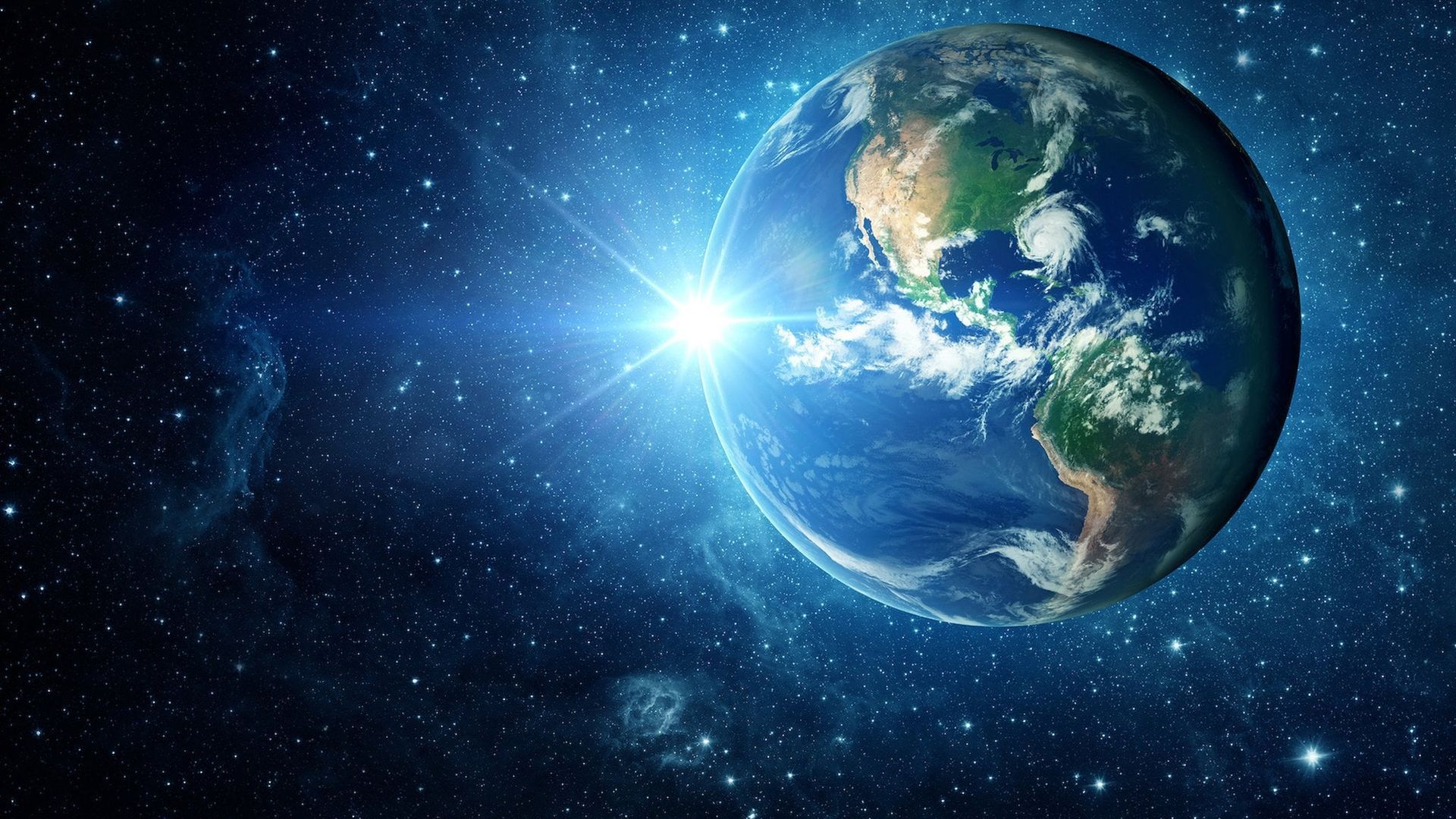
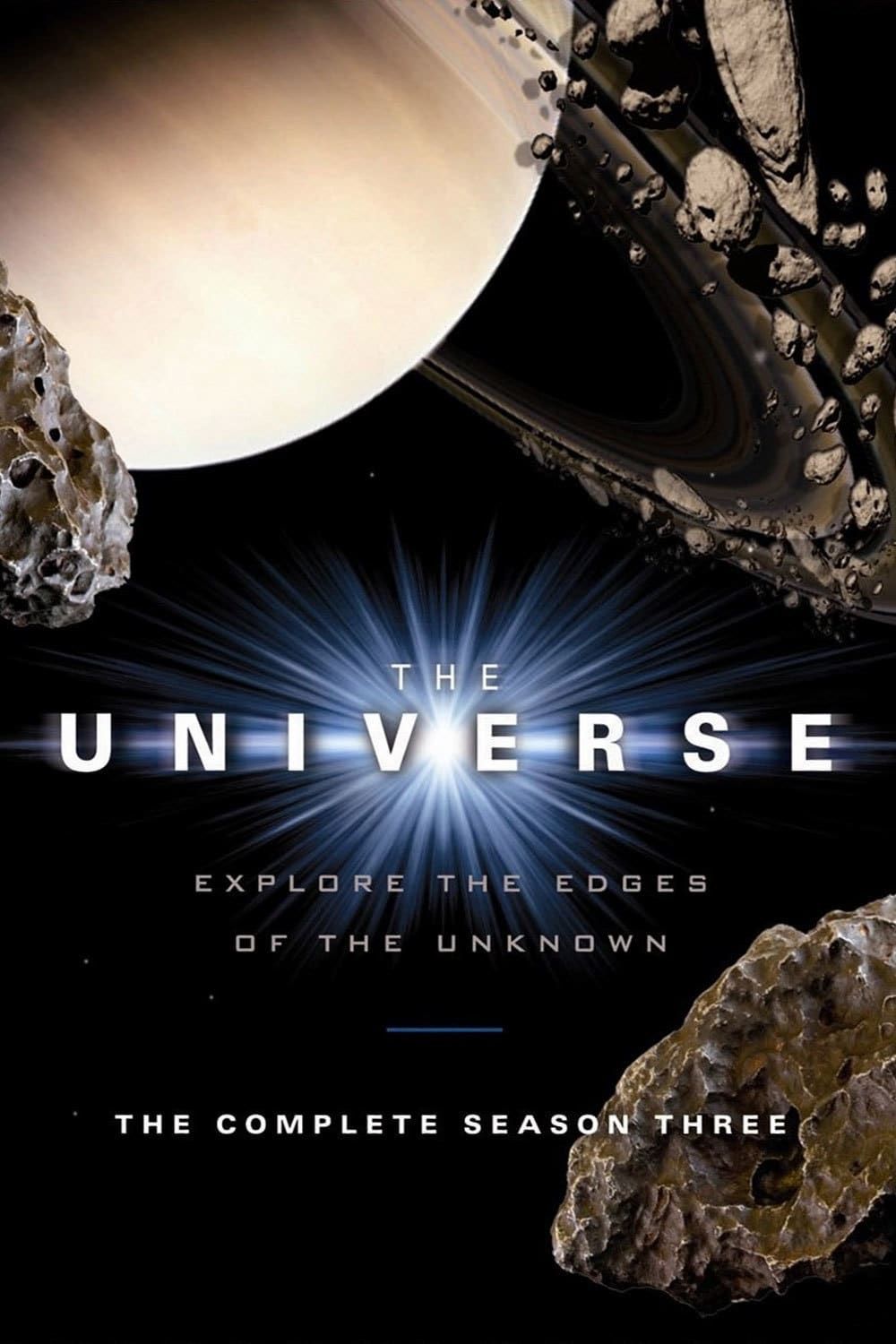
Where to Watch Season 3
12 Episodes
- Deep Space Disasters
 E1
E1Deep Space DisastersIn space travel there is a saying that the first 50 miles and the last 50 miles are the most dangerous. Explore the controlled explosion of launch, the fiery crucible of reentry and everything in between. See how a single spark inside a spacecraft or a micrometeoroid less than an inch wide hitting a space station can turn a routine mission into a lethal nightmare. - Parallel Universes
 E2
E2Parallel UniversesSome of the world's leading physicists believe they have found startling new evidence showing the existence of universes other than our own. One possibility is that the universe is so vast that an exact replica of our Solar System, our planet and ourselves exists many times over. These Doppelganger Universes exist within our own Universe; in what scientist now call "The Multiverse." - Light Speed
 E3
E3Light SpeedAccording to the laws of physics we can never travel faster than the speed of light...or can we? Light speed allows us to see things instantly here on Earth, and shows us the entire history of the universe going back nearly 14 billion years. Learn all about light speed, the ultimate constant in the universe and discover ways scientists envision breaking the "light barrier" which may be the only way the star travel of our imaginations ever comes to reality. - Sex in Space
 E4
E4Sex in SpaceAs man moves to colonize the cosmos, the realities of sexual relationships and reproduction need to be addressed. Probe the physiological, psychological and cultural challenges of sex in space. From the sex act through birth, look at how the extreme environments of space exploration might effect copulation, conception and developing human tissues, as well as how issues around sex might impact the emotional lives of astronauts. Get to the bottom of the rumors to find out if space sex has already happened, and look at how the burgeoning space tourism business may soon lead to a boom in space sex. - Alien Faces
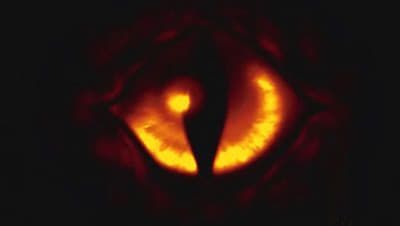 E5
E5Alien FacesThey soar through the heavens, fly through the oceans and glide along land. But these are not creatures found on a wildlife safari. These are life forms from another planet. Armed with scientific fact and a little imagination, experts come together to take you on an unprecedented journey to the edges of our imagination. Scientists, astrobiologists and astronomers create five lines of extraterrestrial evolution, and explain how creatures on the surface of Earth offer a helping hand to understanding life in The Universe. - Deadly Comets and Meteors
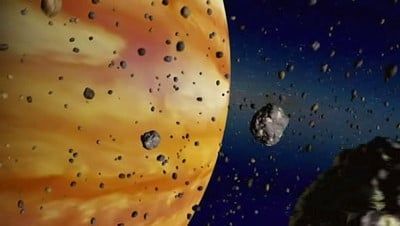 E6
E6Deadly Comets and MeteorsAt this very moment, celestial forces prowl the Universe and threaten man's very existence. They're asteroids and comets--and they've left their imprint on planet Earth, literally. Initially, they helped build planets through violent collisions. During this fiery bombardment period, they may have even seeded Earth with water and the building blocks for life. - Living in Space
 E7
E7Living in SpaceWhen mankind eventually leaves the cradle of Earth and ventures forth into the uncharted territories of the cosmos, where, and what form, will our new homes take? Will they be cities under glass, entrenched in distant alien soils? Will they be gleaming metropolises hanging in orbit above our heads, or in the lonely void of space? - Stopping Armageddon
 E8
E8Stopping ArmageddonIt sounds like a Hollywood blockbuster: a deadly asteroid is on a collision course with Earth. But in reality, it's only a matter of time before a giant space rock threatens to wipe out civilization. An asteroid took out the dinosaurs sixty-five million years ago. Are we next? This episode analyzes the threat and explores the many ways--from a nuclear bomb to ingenious new technology--that experts are proposing to stop Armageddon. - Another Earth
 E9
E9Another EarthCould we be unique in the universe or is there another planet similar to earth somewhere in the cosmos? Is it possible that Alpha Centauri, our nearest star, is home to another earth-like planet? Earth sized planets have been hard to find, but indirect methods are coming on line to give scientists a good survey of how many such bodies may be in the universe. How rare would it be to find life on another earth-like planet? - Cosmic Phenomena
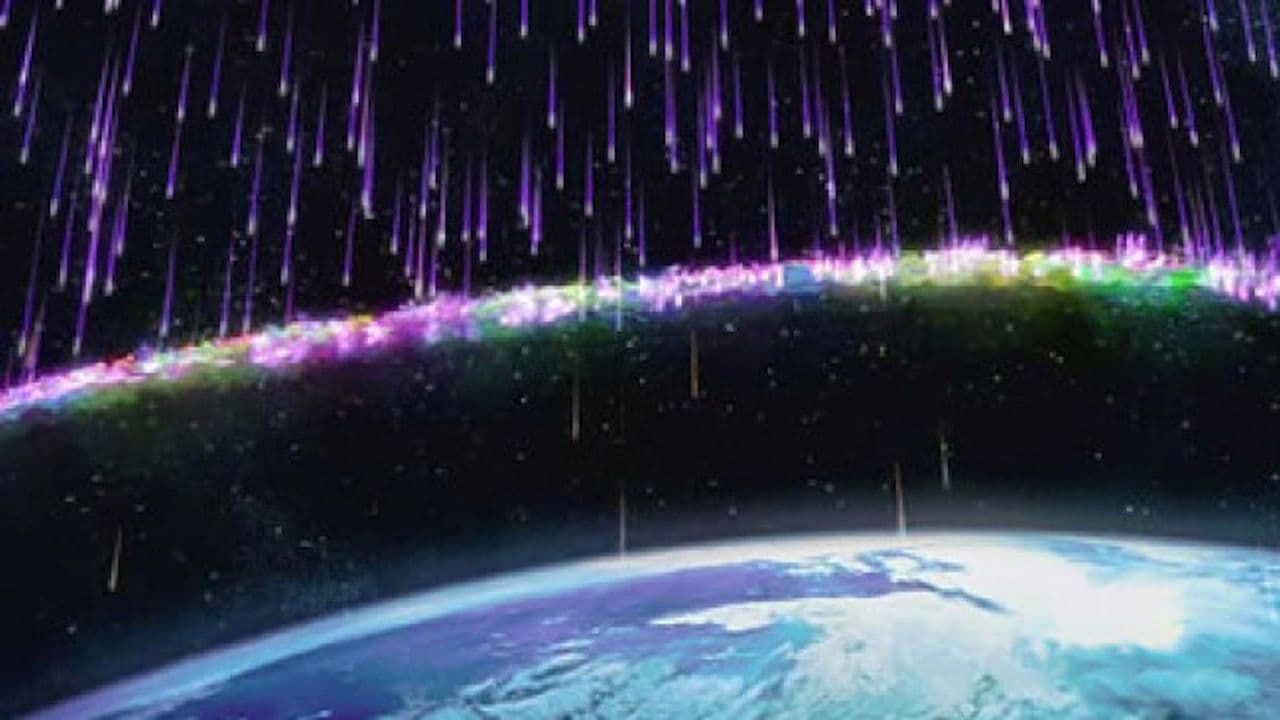 E12
E12Cosmic PhenomenaThe majority of space exploration has occurred in Low Earth Orbit, around 120 miles above sea level. For a cool $20 million, any person can take a ride on the International Space Station, around the 1,100 mile band around Earth. Commercial prospects for LEO are huge, there are big dangers lurking for anyone interested in traveling this way, such as radiation, , cosmic rays, and space debris numbering in the thousands threaten any spacecraft traveling in orbit. It's a new frontier and maybe the final frontier, and the possibilities are endless if you are willing to travel to the edge of space exploration.











